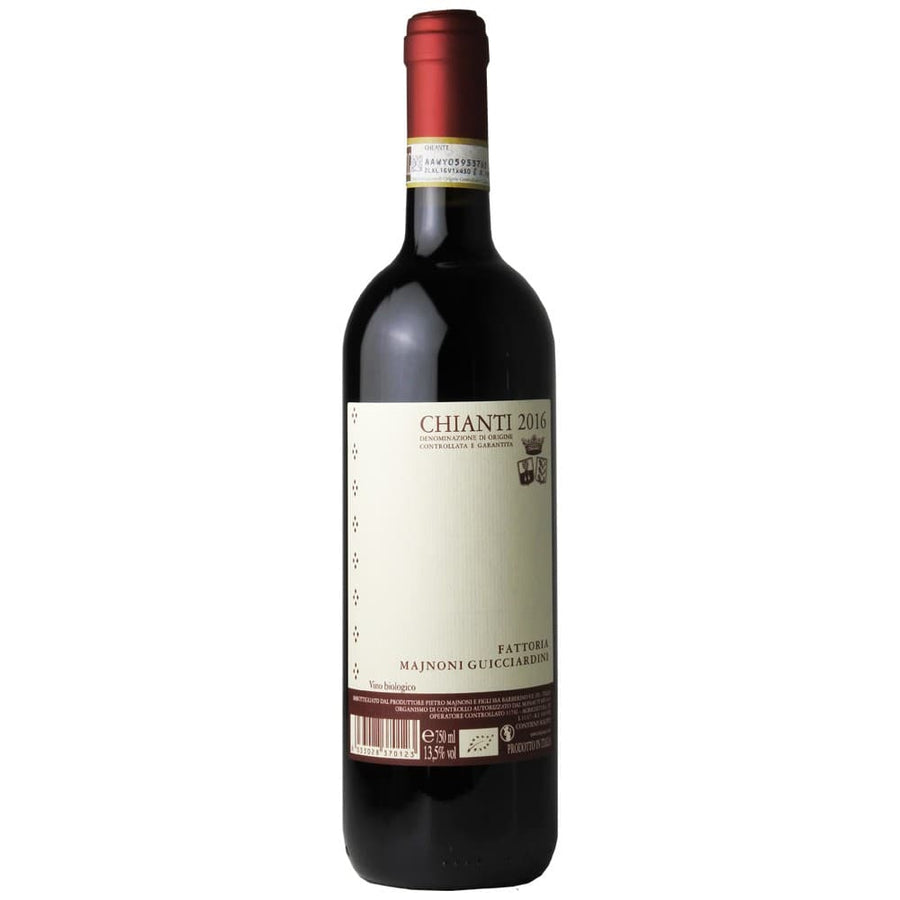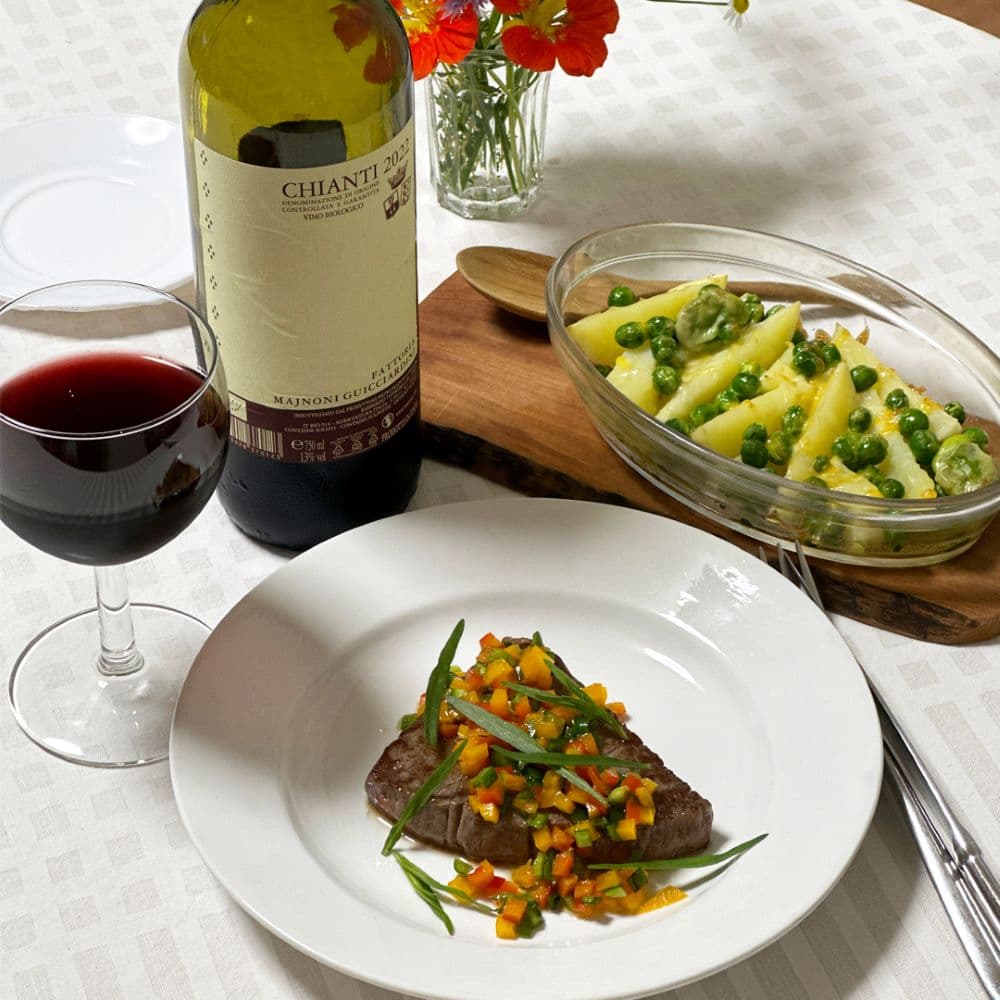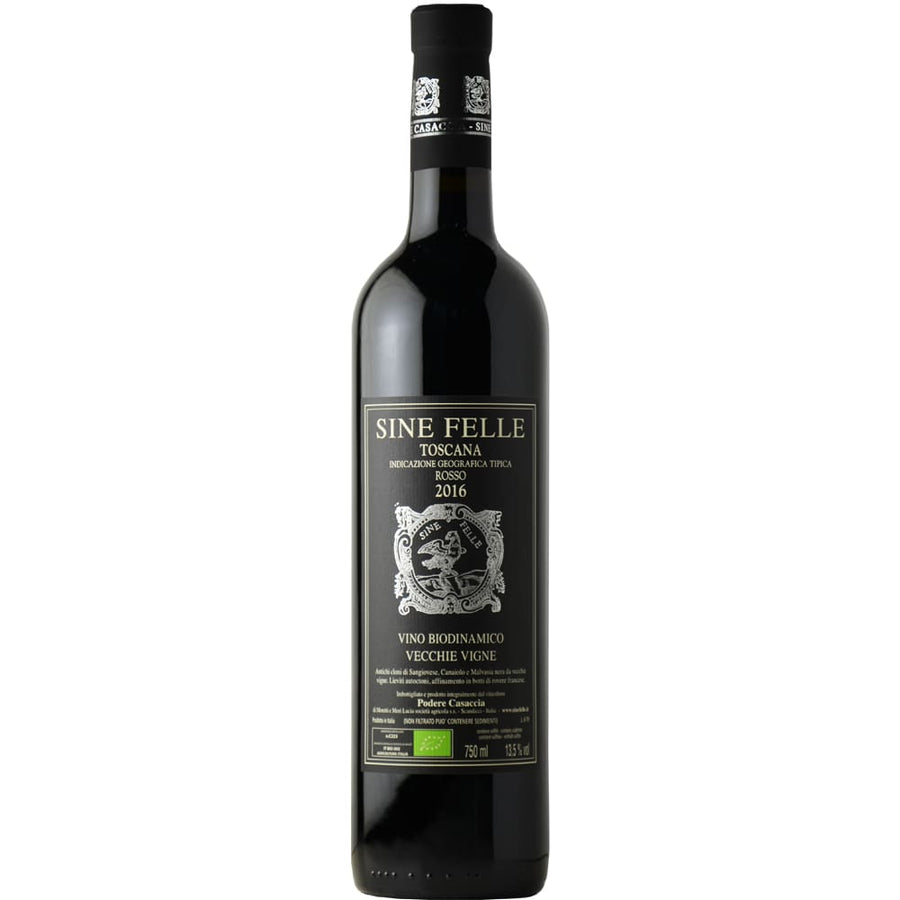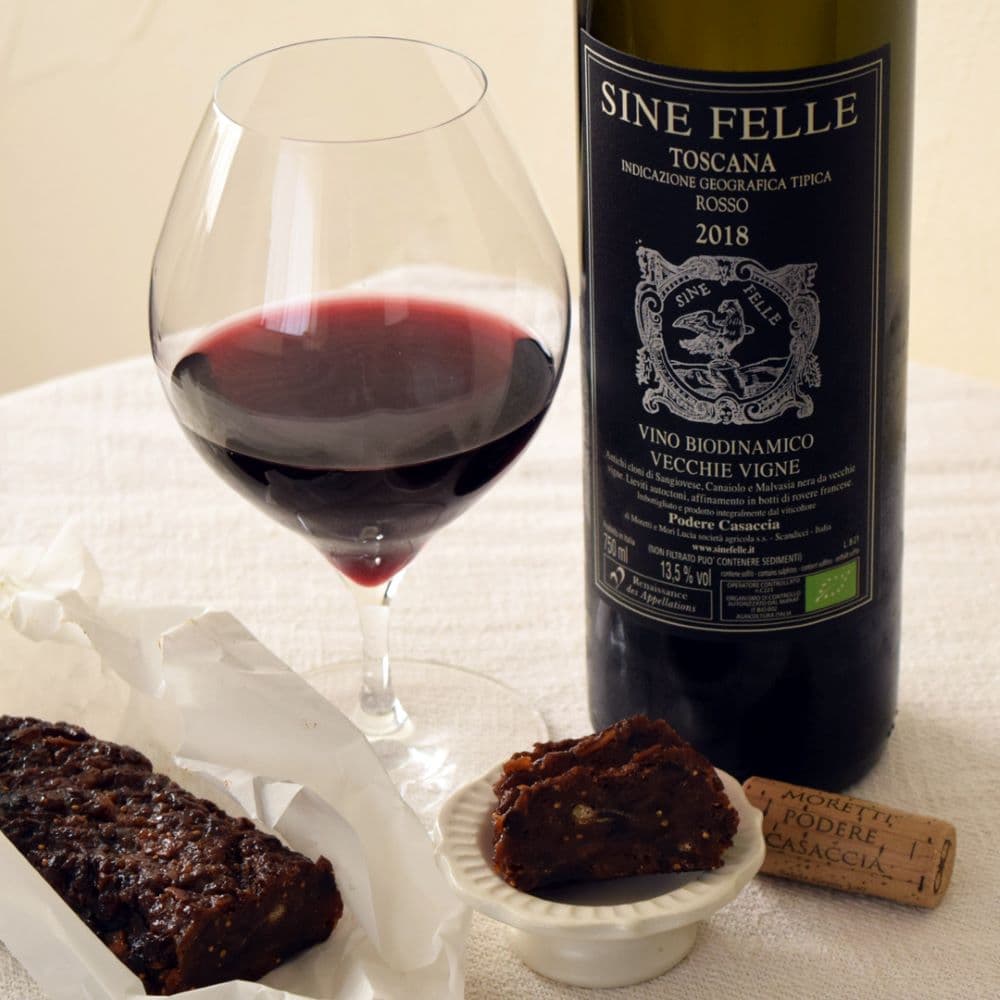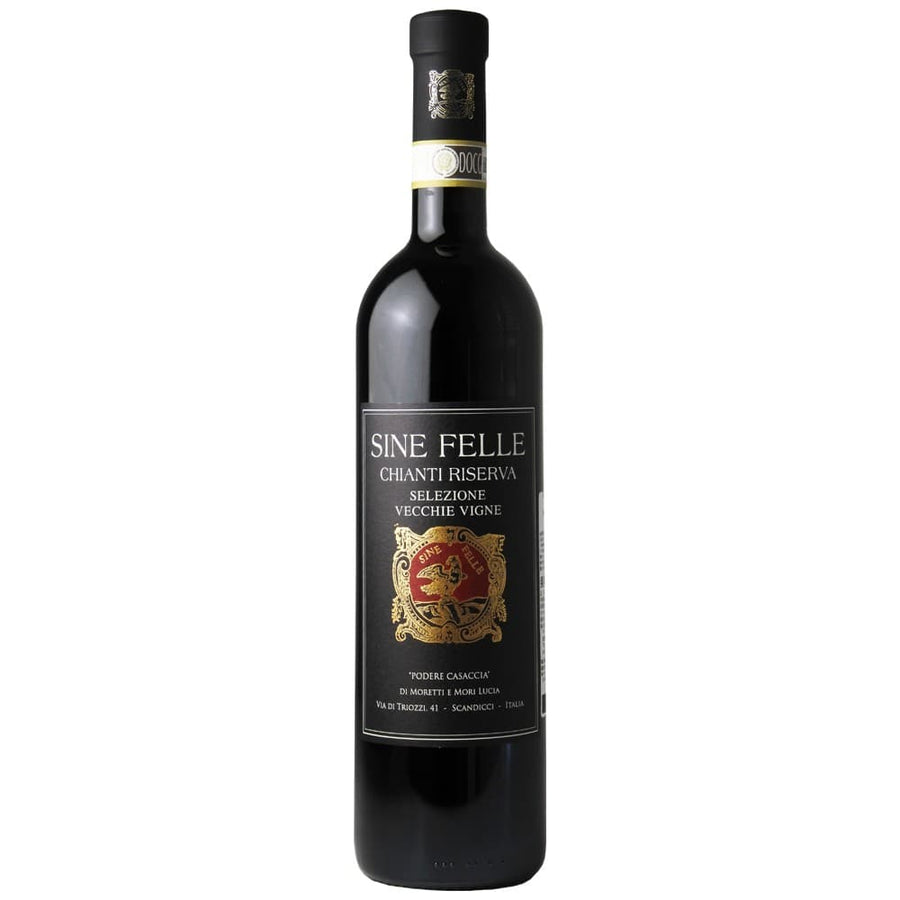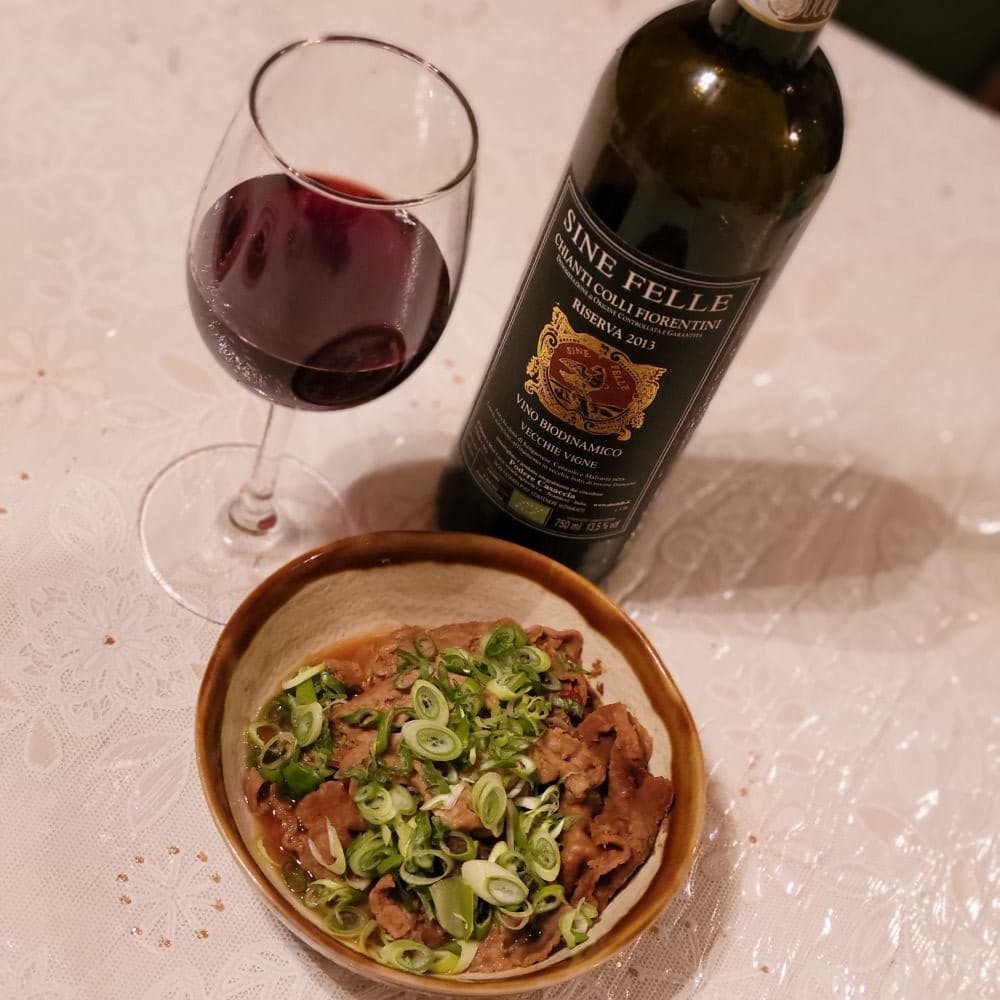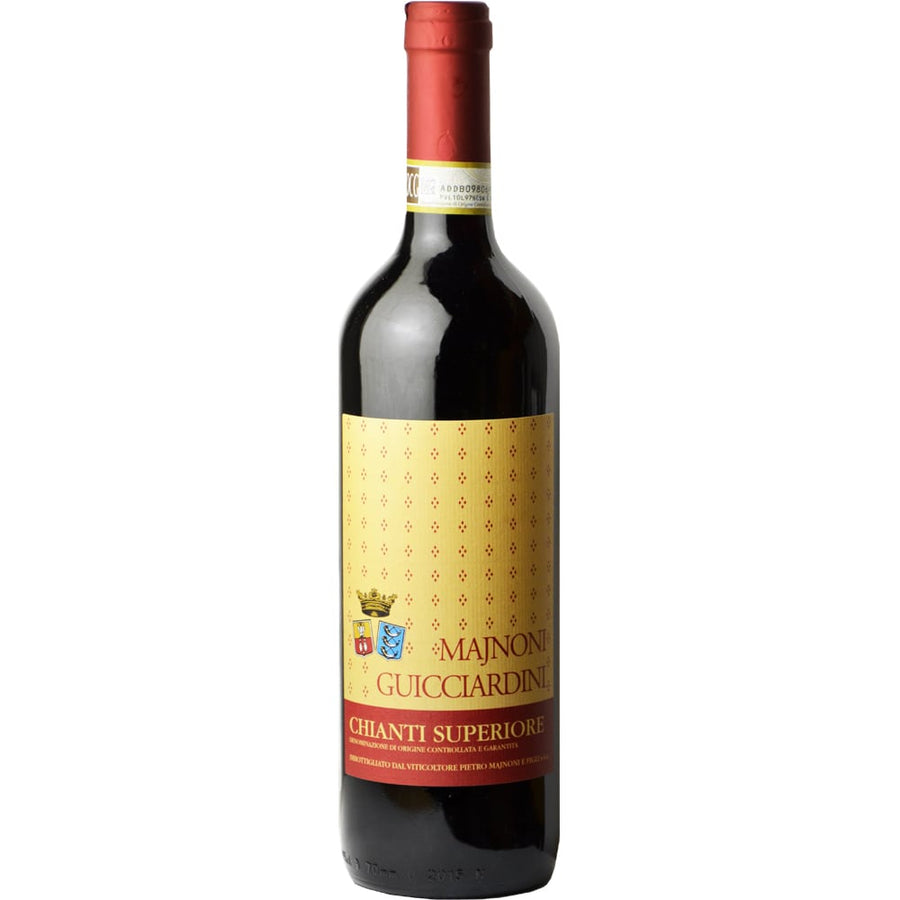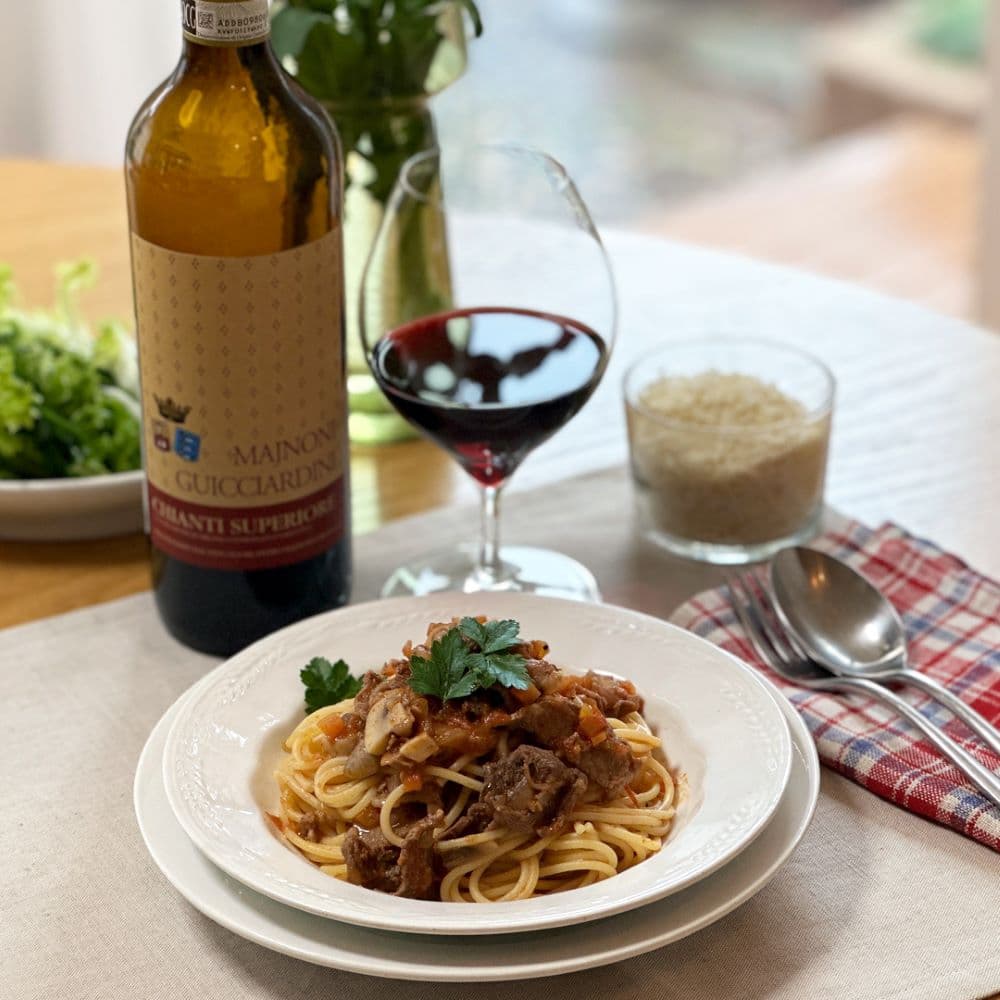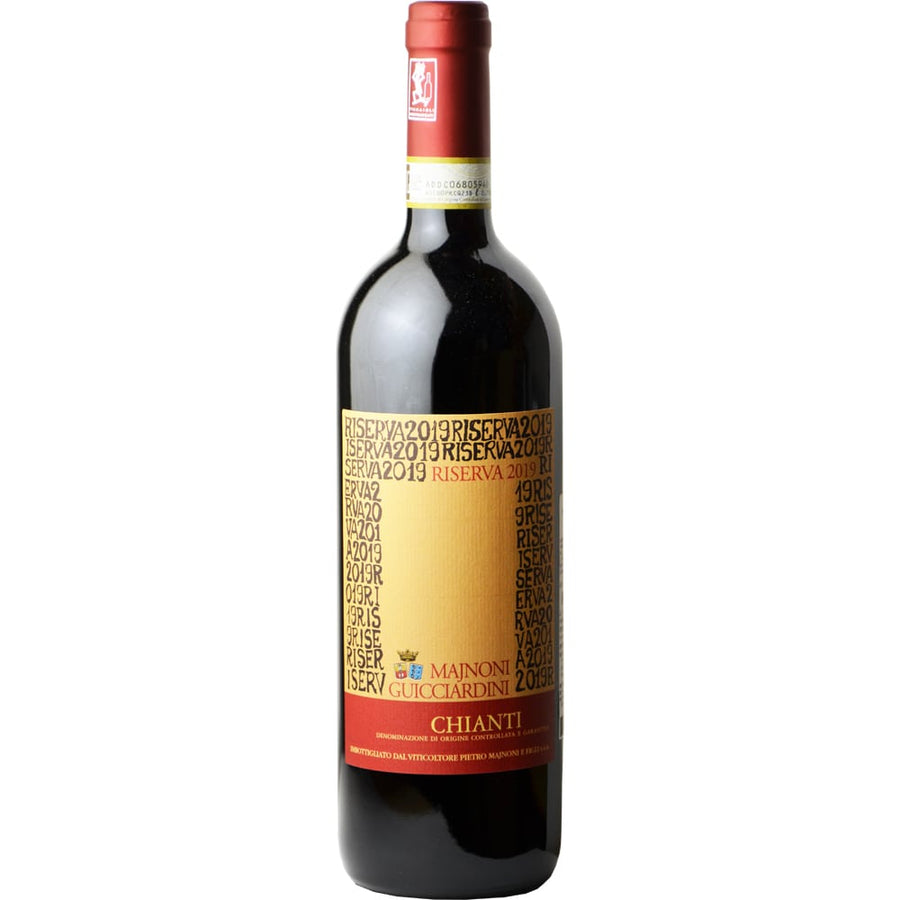Sangiovese
5 products
5 products

Sangiovese is a grape variety well known for the Chianti wine from the Tuscany region of Italy. This fruity and easy-to-drink variety is loved by people all over the world.
Sangiovese is Italy's leading red wine grape variety, and is particularly widely grown in Tuscany, where it is the main ingredient in famous wines such as Chianti, Brunello di Montalcino and Vino Nobile di Montepulciano, but is also grown in other central Italian regions such as Umbria, Emilia-Romagna and Marche.
In addition, cultivation has spread to the New World, including the United States, Argentina, and Australia, producing wines that are adapted to the climate and soil of each country.
Sangiovese grapes grow in medium to large bunches with small, deep purple berries. They are plentiful, so thinning is important to produce high-quality grapes. The grapes have thick skins and take a long time to grow and ripen, so they do best in warm, sunny climates. The acidity and rich tannins from the thick skins make them suitable for long-term aging.
Sangiovese is also highly adaptable to a wide variety of soil conditions, and excels in limestone and clay soils, and is best grown on drier south-facing slopes.
A well-balanced taste of acidity and tannins This is characteristic of wines made from Sangiovese. The aroma is centered around the fruitiness of cherries and plums, with floral nuances of violets and roses, as well as spices such as cinnamon and smoky elements such as tobacco leaves.
Young wines are fresh and fruity, but aging brings out deeper flavors and makes them rich and complex. Barrel aging adds even more complexity to the aroma and flavor. Depending on the year and how it is made, the body can range from medium to full-bodied, and many wines can be aged for a long time.
Sangiovese has a good balance of tannins and acidity, so it goes very well with meat dishes and tomato-based dishes. It is especially good with grilled red meat, pasta with ragu sauce, and pizza with tomato sauce. It is also recommended to pair it with aged hard or semi-hard cheeses. In accordance with the principle of matching wines and food from the same region, it goes without saying that it goes well with traditional dishes from the Tuscan region, such as bistecca alla fiorentina (Florentine T-bone steak) and porchetta (roasted pork).
Pre-order item
Soft armchair
$420.00
Select variant
Select purchase option


